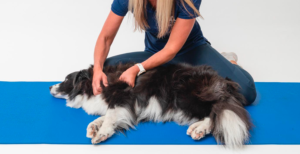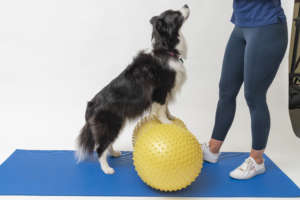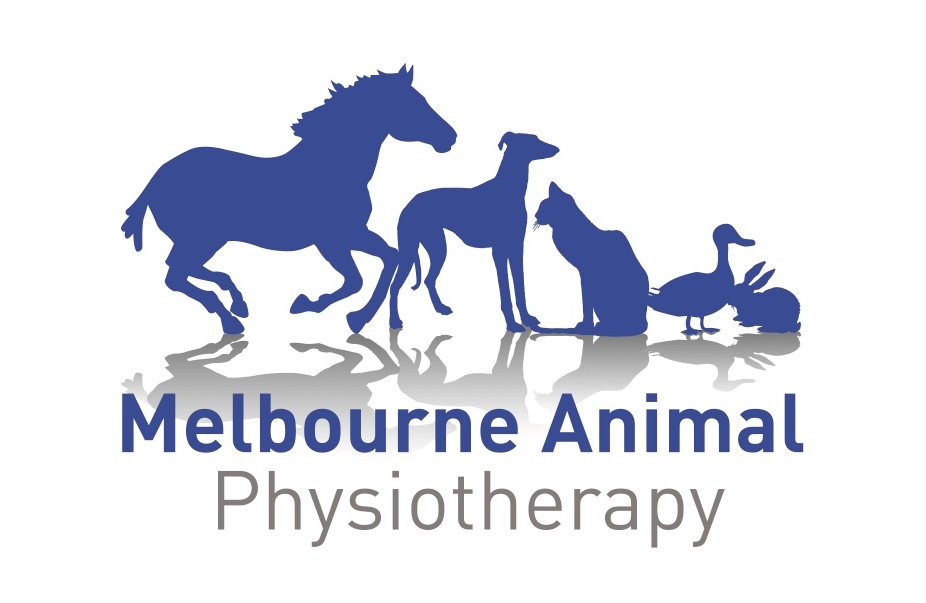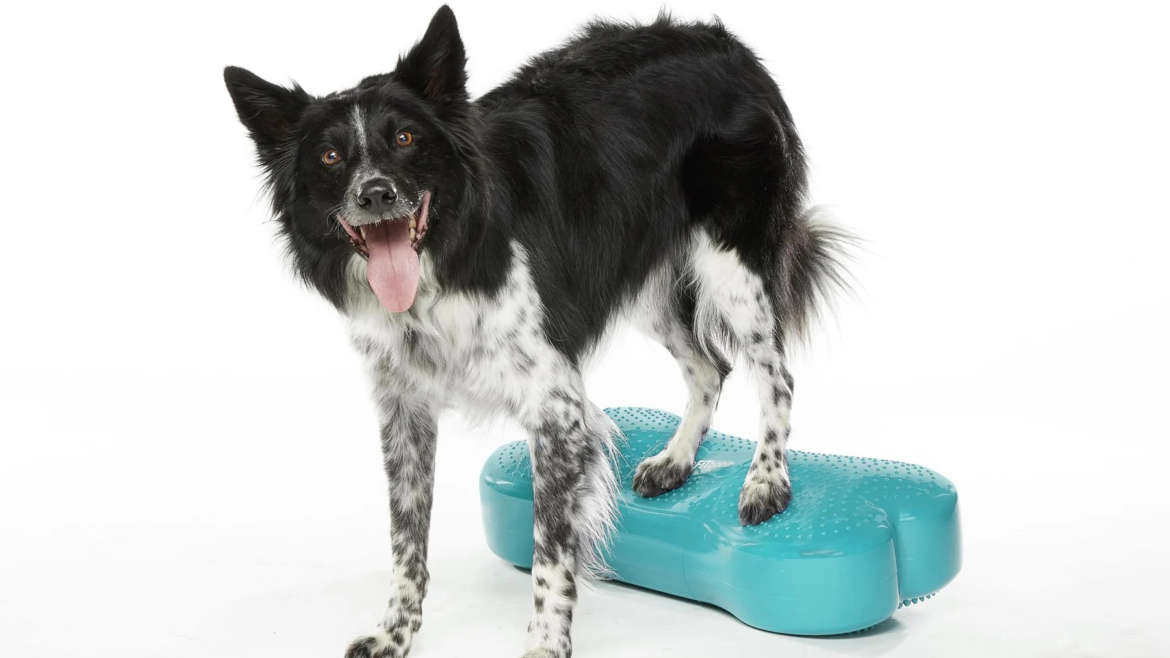What is osteoarthritis?
Osteoarthritis (OA) occurs when there is inflammation, breakdown of cartilage and the production of extra bone in joints. This leads to pain and decreased range of motion. OA can affect most joints in the body, but the most commonly affected joints are the hips, elbows, knees, lower back and wrists.
What causes OA in dogs?
OA is a multifactorial disease that can be primary or secondary in nature. Primary OA is arthritis that develops on its own, whereas secondary OA is arthritis that develops because of another condition. Secondary OA is more common than primary OA and causes include canine cruciate ligament injury, hip or elbow dysplasia, previous fractures, metabolic diseases, and obesity.
There are a variety of different risk factors that increase the likelihood of a dog developing the condition. Non-modifiable risk factors include genes, conformation, breed, and age. Modifiable risk factors include being overweight and over-exercising when young.
 What are the symptoms of OA?
What are the symptoms of OA?
The most common symptoms of OA are stiffness during walking, difficulty standing up or sitting down and lameness. Further symptoms may include struggling to go up or down stairs, being hesitant to jump up or down, as well as tiring more quickly than usual. Some dogs will also become more irritable or aggressive than normal due to the discomfort.
Is OA in dogs like OA in humans?
OA in dogs and humans is very similar and is frequently viewed as being the same condition. The most common joints impacted by OA are the same in humans and dogs. However, OA in dogs develops and progresses faster compared to humans.
Treatments
There are a variety of treatments for OA in dogs. However, OA is a progressive disease, and apart from undergoing a total joint replacement, cannot be cured. OA is generally treated through a combination of medical and non-medical management.
Medical management for OA commonly includes anti-inflammatory medication and steroid injections. Furthermore, a group of medications called chondroprotectants aim to repair cartilage and slow down the progression of joint degeneration. In advanced cases your vet may recommend surgery, the type of surgery will be individual to each dog, but options include joint replacements, fusions, and arthroscopic surgery to remove damaged cartilage.
damaged cartilage.
Non-medical management strategies are also beneficial in the treatment of OA. If your dog is overweight one of the first management strategies will involve normalising their body weight. Excess body weight places additional stress on painful joints and can speed up the rate of joint degeneration. Furthermore, supplements such as glucosamine have been shown to reduce symptoms of OA. However, if you want to incorporate supplements into your dog’s diet it is important to first consult with your vet to ensure they are appropriate for your dog. Physiotherapy and exercise also play an important role in the management of OA in dogs.
Where does physiotherapy fit in?
Physiotherapy can provide pain relief for dogs with OA as well as improving strength and range of motion. Physiotherapists can use manual therapy such as massage, stretching or passive range of motion to treat OA. Furthermore, your physiotherapist may suggest laser therapy, which works to reduce symptoms and increase tissue healing. An additional treatment that is used in OA is hydrotherapy. Hydrotherapy works to increase strength and decrease pain in dogs with OA. It is also a useful strategy for weight management in dogs. Your physiotherapist will suggest home exercises as well as home modifications such as raised feeding and non slip footwear, for optimal outcomes.


